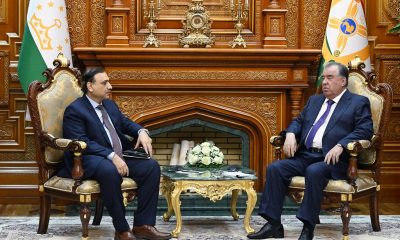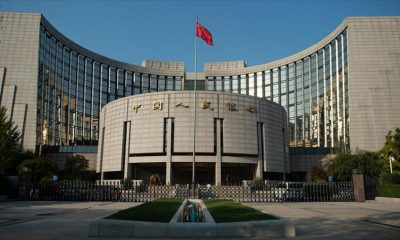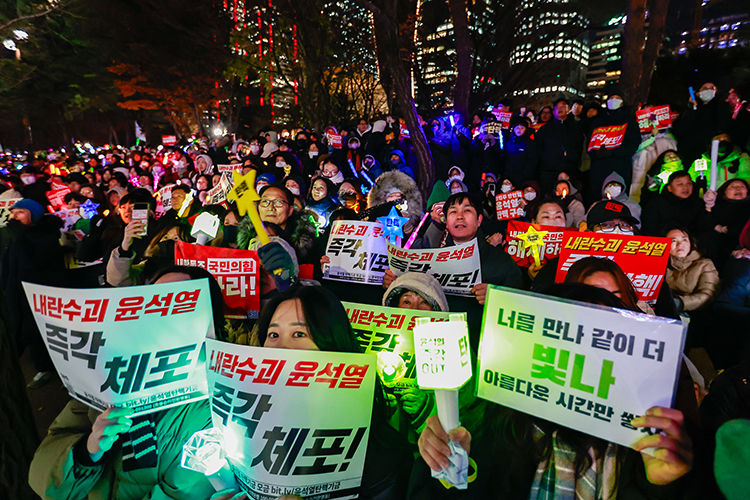America’s withdrawal from Afghanistan was not a one-time decision, but was formed gradually. The US left Afghanistan when it was sure that the Taliban regime would implement its terms. Months of negotiations took place in Doha for a safe exit.
Some reasons are as follows:
1- The excessive pressure of the Eastern Front against US, NATO and India
The US entered the region which is bordered with China, Iran and the borders of the former Soviet Union. This was not digestible for the regional powers. China’s fear of Uyghurs being strengthened by the US and also China’s need for Afghanistan to expand the Silk Road caused it to directly and indirectly support the opposition of the republic and the withdrawal of US from the region.
This is why before the fall of the Republic in Afghanistan, we witnessed the presence of Taliban delegations in China. In 1395, this delegation traveled to China under the title of peace.
India brought itself closer to Afghanistan by building the Salma Dam. Salma Dam is the biggest project of India for the reconstruction of Afghanistan, which is worth 300 million dollars.
The construction of Salma Dam was one of the big projects of the government of Mohammad Dawood Khan, the first president of Afghanistan, which started in 1976 with the help of India. The construction process of this dam, which was stopped due to the conflicts in Afghanistan, started again in 2005.
Salma Dam was put into operation in the presence of Ashraf Ghani, the former president of Afghanistan, and Narendra Modi, the Prime Minister of India. India had a special economic view on Chabahar port to export goods to Afghanistan and Central Asia through this port. Pakistan was against increasing India’s influence in Afghanistan and Central Asia, and by strengthening the Taliban, it tried to make the republic fall in order to reduce India’s influence. For that purpose, Pakistan sent all its extremist groups, including the Tehreek-e-Taliban Pakistan (TTP) to Afghanistan for suicide attacks.
Pakistan’s subversive operations in Afghanistan were carried out for three purposes:
First: Due to the reduction of India’s influence through the fall of the Republic.
Second: By transferring suicide bombers and extremist groups to Afghanistan and guaranteeing its unity and security by moving extremist groups away from Pakistan to neighboring countries.
Third: Weakening the desire for independence in the Pashtunistan region of Pakistan (Khyber Pakhtunkhwa) by strengthening extremist groups.
But these extremists were all focused on confronting the republic, not the Pakistani army. After the fall of the republic, TTP was automatically activated – because it did not have a playground and the best playground was their own land (Khyber Pakhtunkhwa) which was located in Pakistan. For this reason, TTP has made some areas insecure and caused border conflicts and Pakistani attacks on Afghanistan.
Iran also felt very threatened by the US, so it was trying to plan to drive the US out of Afghanistan. The president of the United States at the time called Iran a part of the axis of evil.
Axis of Evil is a term coined by George W. Bush, the president of the United States on January 29, 2002, in his annual speech to the Congress, used it in referring to the three countries of the Islamic Republic of Iran, North Korea, and Iraq.
Bush is the one who started the global war against terrorism after the terrorist attacks of September 11, 2001, the main results of which were the occupation of Afghanistan in the same year and the occupation of Iraq in 2003.
When such a person occupied two countries, one in the east and the other in the west of Iran, and also considered Iran as the axis of evil, he also planned to attack Iran from a political point of view. For this reason, Iran was not happy with the presence of the US in Afghanistan.
We all remember that an American archive 170 plane fell into the hands of Iran. This spy plane, which was sent by the US to Iran, caused the Iranian security authorities to become more suspicious of the US and to work indirectly against the US in Afghanistan.
The Russians, who once had a physical presence in Afghanistan in the form of the Soviet Union, and their agents such as Taraki and Najib could not fulfill their hopes and dreams, considered America the cause of their failure.
During the height of the war between the Mujahideen and the Soviet Red Army, the Americans sent many weapons through Pakistan to Afghanistan to prevent Soviet influence and expansion.
Both because revenge against the US and Washington had penetrated to spread terrorism, the Russians determined all their will to expel the US from the region. The Taliban’s visit to Russia before the fall of the republic indicated Moscow’s determination to overthrow the republic and drive the US out of Afghanistan.
2- Internal differences and the failure of nation building
The lack of formation of nation building in Afghanistan made the US regret staying and start negotiations with the Taliban.
When a government system cannot institutionalize nation building, division and corruption will spread and it will lose the ability to deal with external and internal threats in a coherent and unified manner. The US were fully aware of this and did not see the national army as the main supporter or protector of the country.
3- Countering China’s economic power
The only country in the world that has been able to challenge the US economically is China. The Chinese dragon is getting stronger day by day and is taking over the world markets.
The US’s staying in Afghanistan would cause it to lose the necessary focus for economic competition and struggle with China. In addition, the presence of the US military in Afghanistan and in the neighborhood of China was a weak point, which could be indirectly attacked by China at any moment. Meanwhile, the US’s focus on the Yellow Sea and Taiwan Island will increase the pressure on China.
4- Failure to realize democracy in Afghanistan
The US stayed in Japan and Germany, but left Afghanistan. One of the important reasons is the issue of culture and economy. Japan did not have a religious ideology and quickly accepted democracy.
The culture of liberalism permeated all the cultural layers of the Japanese people and the people also accepted this culture. West Germany also accepted American culture and with the collapse of the Berlin Wall, East Germany also joined the liberalism system.
The fall of the Berlin Wall on November 9, 1989 was the starting point of liberalism in Eastern and Central Europe. This did not happen in Afghanistan. The people of Afghanistan have been accustomed to Islamic culture for about 1,400 years and were also caught up in internal wars for many years. Extensive damage caused democracy to not penetrate in the city and village.
As long as a culture is not indigenous and is not accepted from within the society, it is not possible to impose it with external pressure. The communists did this in Afghanistan and failed. The US also failed to influence culturally in the middle and lower layers of the Afghan society and saw no hope of realizing democracy and liberal culture and therefore, the US left Afghanistan.

 ASIA1 week ago
ASIA1 week ago
 OPINION2 weeks ago
OPINION2 weeks ago
 ASIA1 week ago
ASIA1 week ago
 EUROPE5 days ago
EUROPE5 days ago
 OPINION2 weeks ago
OPINION2 weeks ago
 ASIA1 week ago
ASIA1 week ago
 ASIA2 weeks ago
ASIA2 weeks ago
 AMERICA1 week ago
AMERICA1 week ago



















